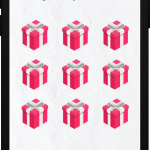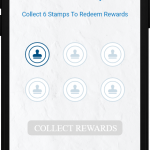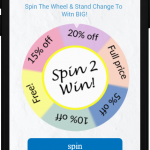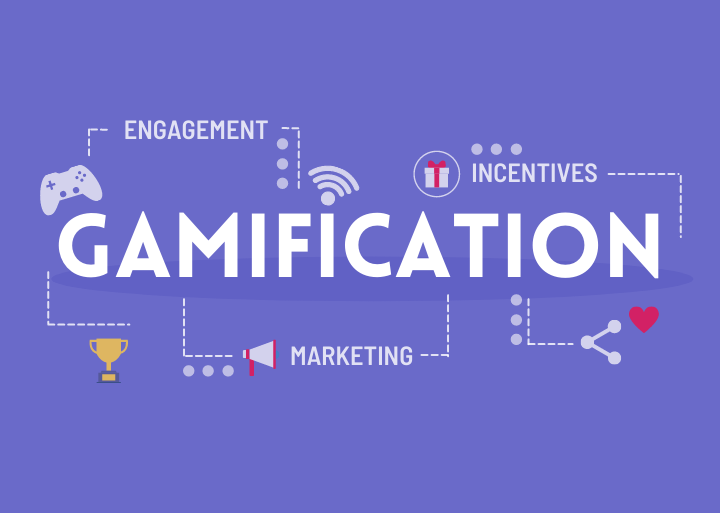In 2020 alone, the gamification market was valued at 10.19 million. By 2026, this number is expected to reach 38.42 million. The increasing recognition of the gamification platform tool has led to this growth. It has become a prominent method to architecture behaviour and induce innovation, productivity, or engagement (Mordor Intelligence) .
1. Addictive Game Mechanics Draw Users In
The first step to boosting user engagement is drawing users in towards your brand. Whether it be potential customers or inactive users, a game designed with addictive mechanics will attract users & help build relationships with customers by creating a sense of accomplishment. It also encourages users to continuously engage with your app.
Leading businesses like Starbucks and Shopee leverage gamification marketing by implementing addictive minigames in their apps. Minigames in apps create a fun element for customers through engaging game mechanics namely;
- Simplicity
- Unpredictability
- Autonomy
Simplicity
The rule of thumb here is – Make your game easy for anyone to participate and win prizes. As an example, the Fortune Cookie minigame has simple instructions that customers can follow to play. The process of the game is short to interest customers within a short attention span
Unpredictability
Invoke the curiosity of your customers by utilizing the element of unpredictability. A minigame that introduces unpredictability through its reward structure will engage customers better, as compared to one with a fixed action-reward structure. This means keeping the nature of the reward and the process to get rewards mysterious. In Tap Open Lucky Box to Win, customers have 3 chances to select the box that contains a prize, out of 9 boxes. The game is therefore unpredictable since users know neither which box leads to a prize nor what prize they will receive

Autonomy
As an additional benefit, customers also feel more in control when interacting with your brand through minigames. Since they get to make choices in playing these games, feeling of being targeted or explicitly advertised to are minimised. The Scratch and Win minigame is designed to give customers a sense of autonomy. As users make the conscious action to scratch the card, they perceive that their chances of winning are based on their luck. When they win, they feel especially happy for having won an effortless victory.
Minigames with the above features excite customers as they can easily participate and level up in game stages to win incentives.
A minigame with addictive game mechanics draws users in, but how do you retain these users and ensure that customers continue to engage with your app? The answer lies in a combination of rewards and habit-forming features
2. Gamification and habit formation
A minigame with addictive game mechanics draws users in, but how do you retain these users and ensure that customers continue to engage with your app? The answer lies in a combination of rewards and habit-forming features.
Intrinsic Reward
A good gamification platform should help you align your objectives with your customer’s intrinsic motivation. Using rewards as extrinsic motivation, design an easy upward journey for your customers through multiple stages and all the way to the top. This can be applied to many minigames, such as Stamp Collection Program. Customers are enticed to enter the app to receive stamps that they can redeem prizes with. As they collect more stamps, they come closer to redeeming their reward.

Habit-forming
Habits are formed through the combination of incentive and cues. A cue such as a notification for a daily chance to win a voucher signals customers to interact with the app. Customers would then follow the cue to earn the incentive or lose it. After interact once, they would then be prompted again to “Come back tomorrow for another chance”. This cycle then creates a habit where users begin to engage with the app as part of their routine, or in their spare time.
In the Spin the Wheel minigame, customers will be notified of their daily chance to spin the wheel for rewards. Upon using up their daily chance, they would be prompted again to come back tomorrow to try their luck again. This mechanism hence asks users to enter the app at a specific time or risk losing out on a chance to win a reward. As they return to claim their rewards daily, they form the habit of engaging with the app.


